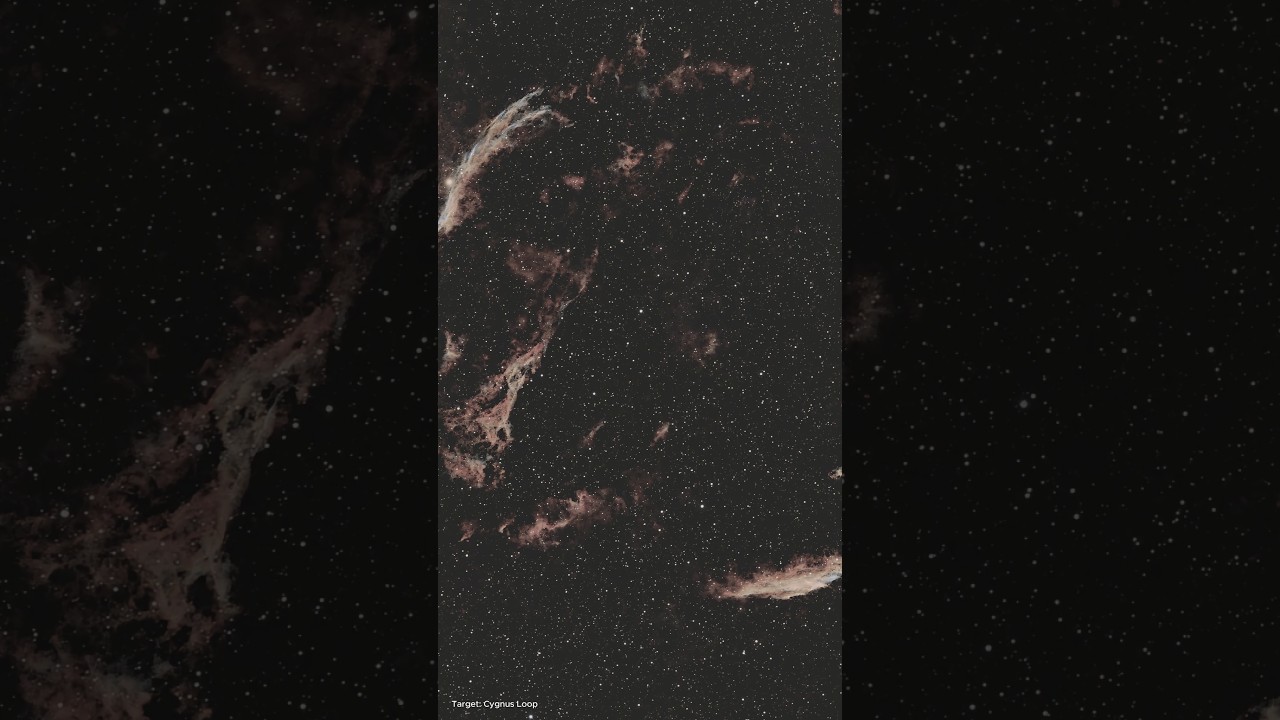Now Reading: Comet Lemmon set to dazzle skywatchers as it nears closest approach to the Sun
-
01
Comet Lemmon set to dazzle skywatchers as it nears closest approach to the Sun
Comet Lemmon set to dazzle skywatchers as it nears closest approach to the Sun


Comet C/2025 A6, known as Lemmon, is drawing considerable attention as it approaches its closest point to the Sun on November 8. Observers may have the opportunity to view it with the naked eye, while those equipped with binoculars can expect a more remarkable sight.
The comet, which was discovered on January 3, 2025, by researchers at the Mt. Lemmon Observatory in Tucson, Arizona, is currently traversing the night sky in the northern hemisphere shortly after sunset. It is positioned at an altitude of about 25 degrees as twilight fades, passing through the constellation Serpens on its way to Ophiuchus. Last week, it moved past the bright star Arcturus, providing an additional guide for stargazers navigating its path.
With its closest approach to Earth recorded on October 21, when it came within approximately 90 million kilometers, Comet Lemmon is now headed for perihelion, where it will reach its minimum distance to the Sun at around 79 million kilometers. As a long-period comet originating from the Oort Cloud, it was knocked into a trajectory towards the Sun. The solar heat is gradually warming the comet, causing it to expel gases from its frozen core and creating a cloud of gas, known as a coma, which extends into a trailing tail.
As the comet moves quickly southward, its visibility will diminish, halving its altitude by November 8, marking one of the last chances for observers to witness it before it embarks on a lengthy journey back to the outer reaches of the Solar System—its next return is not expected for another 1,154 years.
Astrophotographers have actively captured images of the comet, showcasing its beauty while sharing their work with the broader astronomical community. Observers are encouraged to document their sightings of Comet Lemmon and to share their photographs with dedicated astronomy platforms.
Stay Informed With the Latest & Most Important News
Previous Post
Next Post
Previous Post
Next Post
-
 012024 in Review: Highlights from NASA in Silicon Valley
012024 in Review: Highlights from NASA in Silicon Valley -
 02Panasonic Leica Summilux DG 15mm f/1.7 ASPH review
02Panasonic Leica Summilux DG 15mm f/1.7 ASPH review -
 03From Polymerization-Enabled Folding and Assembly to Chemical Evolution: Key Processes for Emergence of Functional Polymers in the Origin of Life
03From Polymerization-Enabled Folding and Assembly to Chemical Evolution: Key Processes for Emergence of Functional Polymers in the Origin of Life -
 04How New NASA, India Earth Satellite NISAR Will See Earth
04How New NASA, India Earth Satellite NISAR Will See Earth -
 05And Thus Begins A New Year For Life On Earth
05And Thus Begins A New Year For Life On Earth -
 06Astronomy Activation Ambassadors: A New Era
06Astronomy Activation Ambassadors: A New Era -
07SpaceX launch surge helps set new global launch record in 2024




















